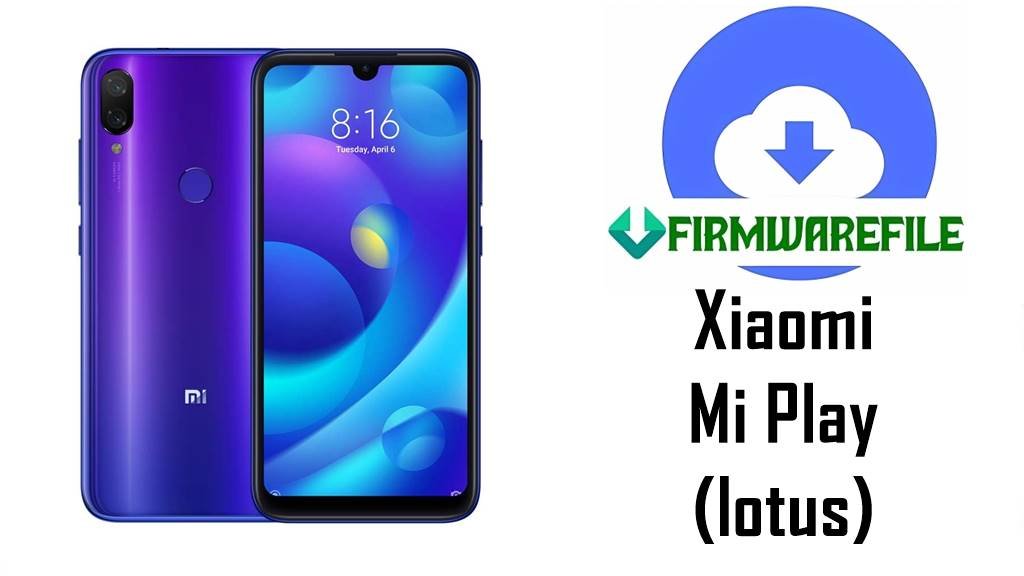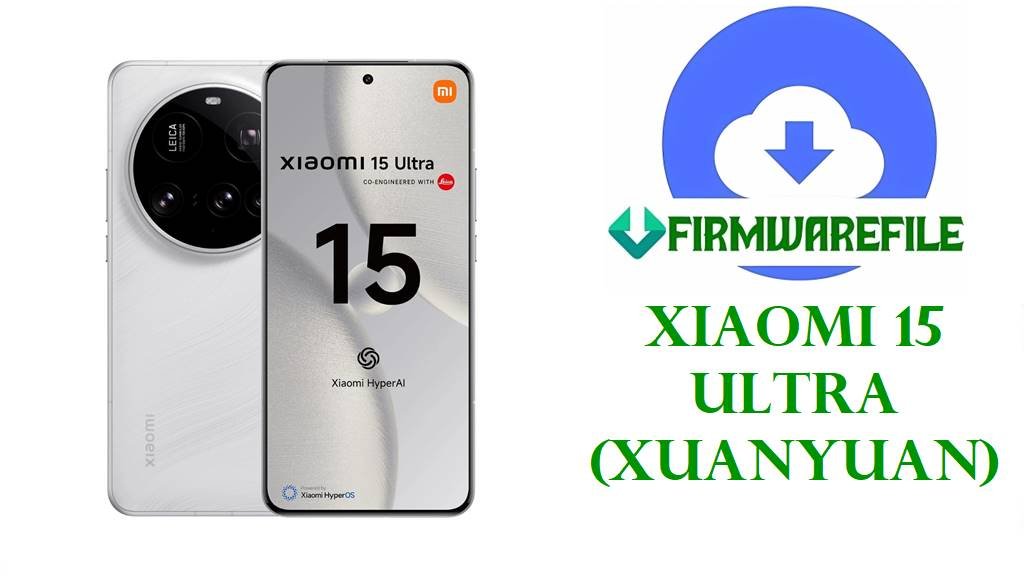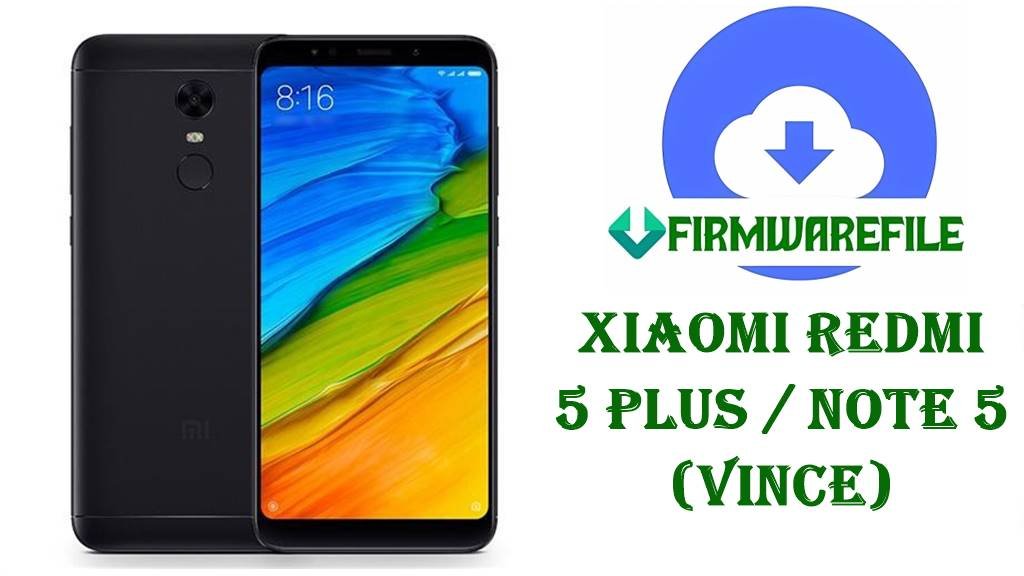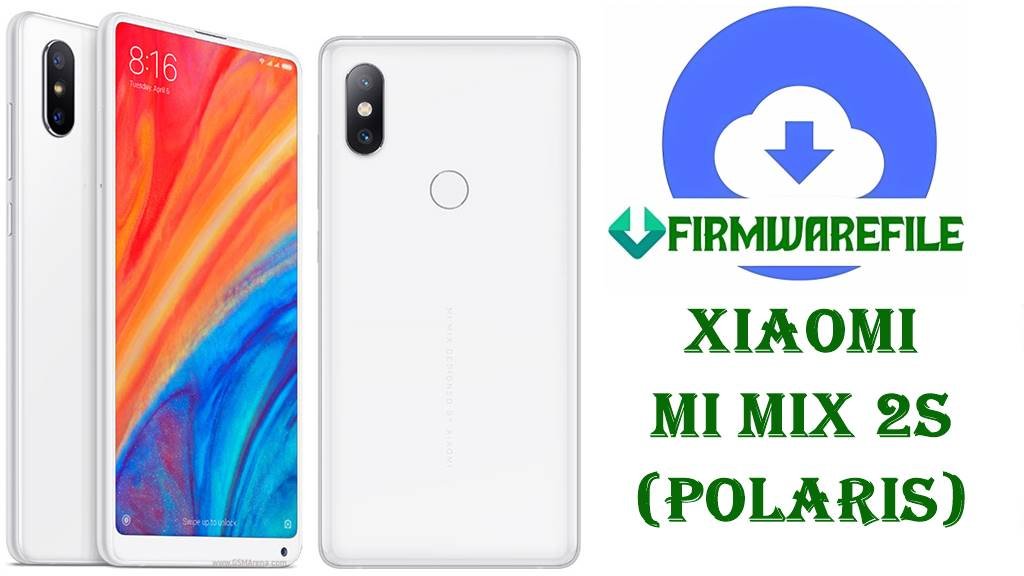Download Xiaomi Mi Play Firmware (lotus): Fix Touchscreen Lag & Software Glitches
This guide provides the official firmware collection for the Xiaomi Mi Play (lotus). If you’re struggling with touchscreen lag, software glitches, or a bricked device, our verified download links and detailed flashing instructions will help you restore your phone’s performance. The Mi Play, powered by the MediaTek Helio P35 chipset and featuring a vibrant 5.84-inch FHD+ display, was a budget standout, but software issues can hamper its usability. Follow this guide to resolve these problems.
⚠️ Essential Pre-Flash Checklist
Flashing can lead to errors if not done correctly. Complete this checklist to ensure a seamless process. All data will be erased, so a backup is critical.
- ✅ Full Data Backup: Save photos, contacts, and files to Mi Cloud, Google Drive, or a PC to prevent data loss.
- ✅ Charged Battery: Ensure your Mi Play has at least 60% battery to avoid interruptions during flashing.
- ✅ Windows PC: The Mi Flash Tool is compatible only with Windows systems.
- ✅ Original USB Cable: Use a reliable USB cable for a stable connection to your PC.
- ✅ Unlocked Bootloader: Flashing requires an unlocked bootloader. Use the official Mi Unlock Tool (expect a 7-15 day waiting period).
- ✅ Required Software: Install the latest Mi Flash Tool and Xiaomi USB Drivers.
Understanding the Firmware: Types and Regions
Choosing the correct firmware is essential to prevent bricking your Mi Play. Here’s a quick overview of the available options:
- Fastboot ROM (.tgz): A complete factory image for Mi Flash Tool, ideal for unbricking or reverting to stock software.
- Recovery ROM (.zip): Used with custom recoveries like TWRP for installing custom ROMs.
- Region Codes:
- CNXM: China version, optimized for local networks but may lack Google Play services.
- MIXM: Global version with Google services and multi-language support.
- RUXM: Russia-specific firmware with localized apps and settings.
Official Firmware Downloads for Mi Play (lotus)
These firmware files are sourced directly from Xiaomi’s official servers for reliability and security. Select the latest version for your region to ensure the best performance.
| Region | MIUI Version | Android | Release Date | Download Link |
|---|---|---|---|---|
| China (CNXM) | V11.0.8.0.OFICNXM | 8.1 | 2020-11-20 | Fastboot ROM |
| Global (MIXM) | V11.0.10.0.OFIMIXM | 8.1 | 2021-01-08 | Fastboot ROM |
| Russia (RUXM) | V11.0.11.0.OFIRUXM | 8.1 | 2021-01-14 | Fastboot ROM |
Recommended Custom ROMs
For users facing bloatware or seeking a more modern OS, custom ROMs can enhance the Mi Play’s performance. Support is limited due to the MediaTek chipset, but some options exist.
- Pixel Experience: Based on Android 10 – Provides a clean, Google Pixel-like experience with improved responsiveness (check availability for lotus).
How to Flash: Step-by-Step Instructions
Select the flashing method based on your firmware type: Fastboot for official .tgz files or Recovery for custom .zip files.
Method 1: The Fastboot Method (Official Stock ROMs)
- Unzip the Firmware: Extract the .tgz file using 7-Zip to reveal a folder with an “images” subfolder and flash scripts.
- Open Mi Flash Tool: Launch the Mi Flash Tool with administrator privileges on your Windows PC.
- Enter Fastboot Mode: Power off your Mi Play, then press and hold Volume Down + Power until the Fastboot logo appears.
- Connect to PC: Connect your phone to your PC using the USB cable.
- Load Firmware: In Mi Flash Tool, click “select” and choose the extracted firmware folder. Click “refresh” to detect your device.
- Select Flash Option: Choose “clean all” for a full reset (recommended for stability). Avoid “clean all and lock” unless you’re certain of the ROM’s region.
- Start Flashing: Click “flash” and wait 5-10 minutes. Do not disconnect the phone.
Troubleshooting Tip: If Mi Flash Tool fails to detect your Mi Play, try reinstalling the Xiaomi USB Drivers or switching to a USB 2.0 port for better compatibility.
Method 2: The Recovery Method (Custom ROMs)
- Install TWRP: Ensure TWRP is installed on your Mi Play. Download it from TWRP’s official community.
- Transfer ROM: Copy the .zip ROM file to your phone’s internal storage or an SD card.
- Boot into Recovery: Power off your phone, then press Volume Up + Power until the TWRP logo appears.
- Wipe Data: In TWRP, go to “Wipe” > “Advanced Wipe” and select Dalvik/ART Cache, Cache, and Data. Swipe to confirm.
- Install ROM: Return to the main menu, tap “Install,” select the .zip file, and swipe to flash.
- Reboot: Reboot to system after the installation completes.
After the Flash: First Boot and Setup
The first boot after flashing may take 10-15 minutes as the system initializes. Don’t interrupt if it lingers on the Mi logo. Once booted, follow the setup wizard and restore your data from your backup.
Device-Specific Q&A for the Mi Play
- Q1: Why does my Mi Play have touchscreen lag? A: Touchscreen lag can result from outdated firmware or background app overload on the Helio P35. Flashing the latest Global ROM (V11.0.10.0) or a custom ROM like Pixel Experience can improve responsiveness.
- Q2: How can I fix software glitches on my Mi Play? A: Glitches are often caused by corrupted system files or incompatible updates. Flashing a clean stock ROM or a debloated custom ROM can stabilize the system.
- Q3: Will the Mi Play get Android 9 or newer? A: The Mi Play is officially limited to Android 8.1 (Oreo) with MIUI 11. To upgrade to Android 9 or 10, you’ll need a custom ROM like Pixel Experience, if supported for lotus.





